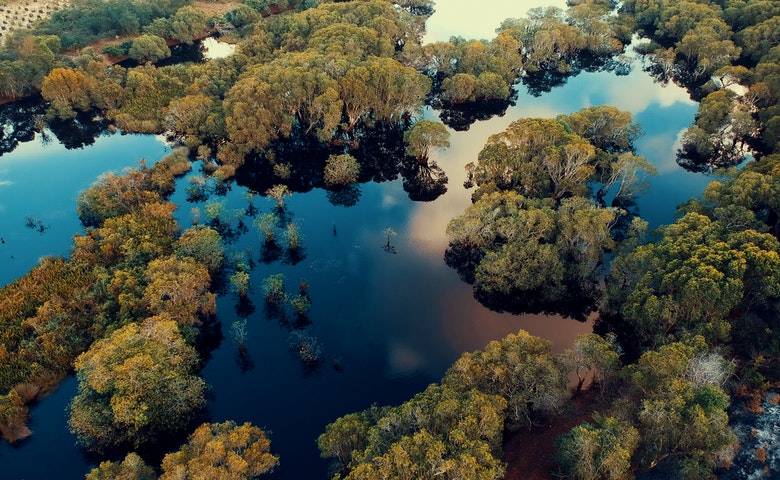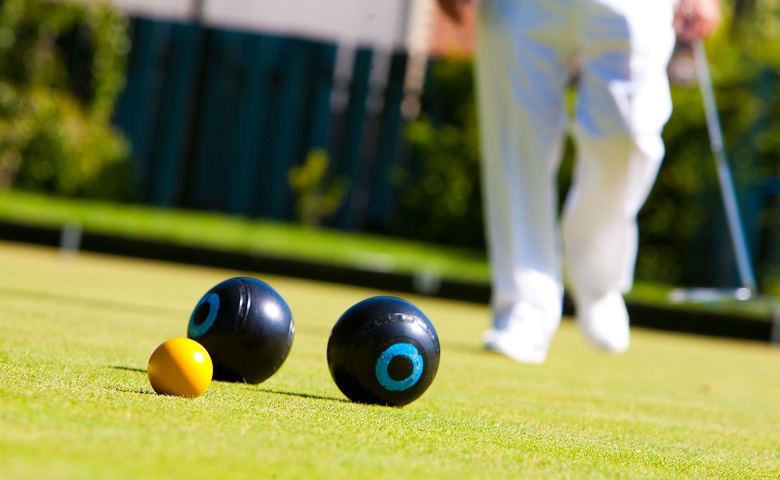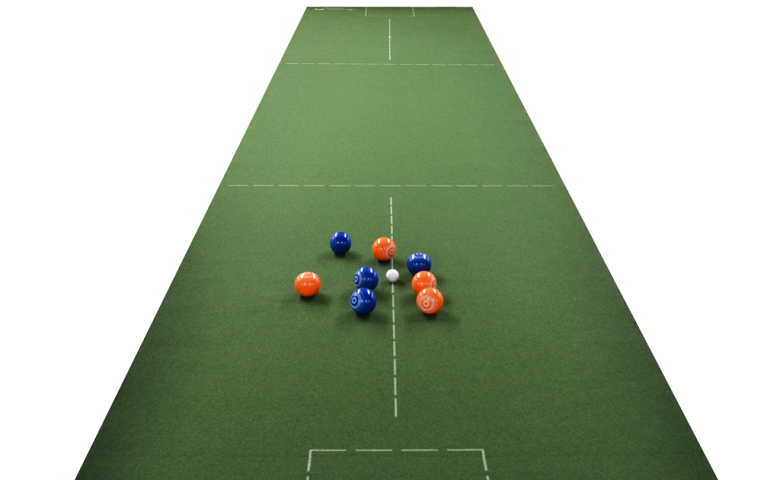Environments Ill-Suited for Evaporated Cooling

If you are in the market for an evaporative air conditioner, then it is important to understand that they are not suited for all environments. While these types of ACs work well in dry climates with low humidity, they will struggle in humid regions where there is a high risk of condensation. In this blog post, we will discuss how to identify these unsuitable environments so you can make a more informed purchase decision. Evaporated cooling is a type of air conditioning that has been in use for over 100 years. Evaporative cooling is ideal when there are high humidity and low ambient temperatures, which typically happen in the summertime.
Seasons and Environments
What about other seasons and environments? What’s the point of evaporative cooling if it doesn’t work in all seasons or environments? Well, the answer to this question lies in understanding how evaporative coolers operate. In this blog post, we will discuss some of the best ways to utilize evaporative cooling so you can get your money’s worth and environments where evaporated cooling systems are not viable. Evaporated cooling systems use water to cool down areas that have an ambient temperature on the order of 100 degrees Celsius or more. In this article, we will discuss some of the environments where these systems aren’t suitable and why they don’t work well in those settings.
What Is Evaporative Cooling
Evaporative cooling is a natural process where heat from the air is absorbed by water. This absorption causes the water to evaporate, which cools down the surrounding air. This type of cooling system has been used for centuries in arid climates like Iran and India because it can be difficult to find ice or other substances that will lower the temperature enough to make buildings comfortable with only an air conditioner. However, there are some environments that do not benefit from this natural process. It would be ineffective to use an evaporative cooler in Arizona because it’s dry most of the year and doesn’t have high humidity like coastal regions do.
Which Environments Work and Which Don’t
It can be hard to imagine how evaporated cooling systems will not work in environments without humidity. But the truth is that it does not matter if your environment is humid or dry. Evaporative cooling systems are designed for high temperatures and low humidity, so they won’t work when water vapor concentrations are too high. If you live in a hot climate with high levels of moisture, then you should consider using an indirect air-conditioning system instead of evaporatively cooled air conditioners.
Evaporative cooling is not the best option for all environments. There are some conditions where evaporated cooling will either be ineffective or even harmful to you and your home. This article provides a list of those conditions, which include:
1) Humid climates
2) Large homes with low ceilings
3) Homes located in cold rainy regions
4) Homes with pets that shed fur.
Evaporated cooling is a great way to cool an area without using electricity. It offers a number of benefits, including less noise and better quality air. However, there are some environments where evaporative cooling will not work well or at all. In this blog post we’ll explore the various environments ill-suited for evaporated cooling and why they make it difficult to use in these conditions. Evaporative cooling is a popular and cost-effective way to keep buildings cool.
Some Examples of Those Climates
But there are some environments where evaporative cooling doesn’t work well. This article discusses when you should use evaporative cooling, and when it’s not the best choice. There are many environments where evaporative cooling is not recommended. For example, the humid climate of Florida does not work well with this type of air conditioning system. The following list will give you an idea of which types of environments are ill-suited for evaporated cooling:
1) Humid climates
2) Environments that have shallow water tables
3) Environments that receive high levels of wind
4) Environments that receive a lot of sun exposure.
Evaporative coolers work by drawing hot air through a wet pad. Evaporation of the water in the pad causes cooling and condensation, which reduces temperature and humidity levels. This type of cooler can be used either in dry environments or in moist ones, but it is not suited for use when both high humidity and dryness exist simultaneously.
Cooling Down
There are many environments ill-suited for evaporative cooling. One environment that is typically too dry to be cooled by evaporation is the desert, where it can go days or weeks without rain. Another environment that is not suitable for evaporative cooling is Death Valley, which has a high elevation and low humidity levels at almost all times of the year. Evaporative cooling is a great way to keep cool in hot climates, but it only works if the humidity level is low. If you live in an environment with high humidity or where temperatures are constantly changing, evaporative cooling may not be the best choice for your home. If you are in one of those areas, then consult with people who excel at air conditioning on the gold coast.












